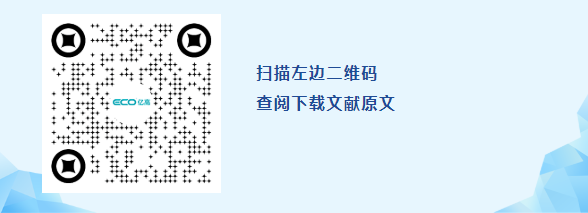■ Source | Chinese Interventional Imaging and Therapeutics, Volume 17, Issue 10, 2020
■ Author
Lin Jundong, Wang Zuchen, Xu Shaopeng, Ye Nanfang
■ Purpose
To compare and observe the clinical effects of microwave ablation (MWA) and uterine artery embolization (UAE) in the treatment of single uterine intramural fibroids.
■ Method
A retrospective analysis was performed on 49 patients with solitary intramural fibroids, 27 cases received MWA treatment (MWA group), and 22 cases received UAE treatment (UAE group). The treatment effect and prognosis of the two groups were compared.
■ Results
Symptoms such as menorrhagia, dysmenorrhea and anemia in both groups were relieved and disappeared gradually after operation. Complications such as fever, abdominal pain and vaginal discharge occurred after operation, and they recovered spontaneously after symptomatic treatment or without treatment. After 12 months of follow-up, the volume and maximum diameter of the fibroids in the MWA group were smaller than those in the UAE group at 3 and 6 months after operation (both P<0.05). At 6 and 12 months after operation, the levels of serum follicle-stimulating hormone (FSH) and luteinizing hormone (LH) in the MWA group were lower than those in the UAE group (both P<0.05) and estradiol.
■ Conclusion
Compared with traditional surgery, ultrasound-guided microwave ablation for thyroid nodules has shorter operation time, less trauma, no postoperative scar, quick recovery and definite curative effect, which has strong clinical application value.

